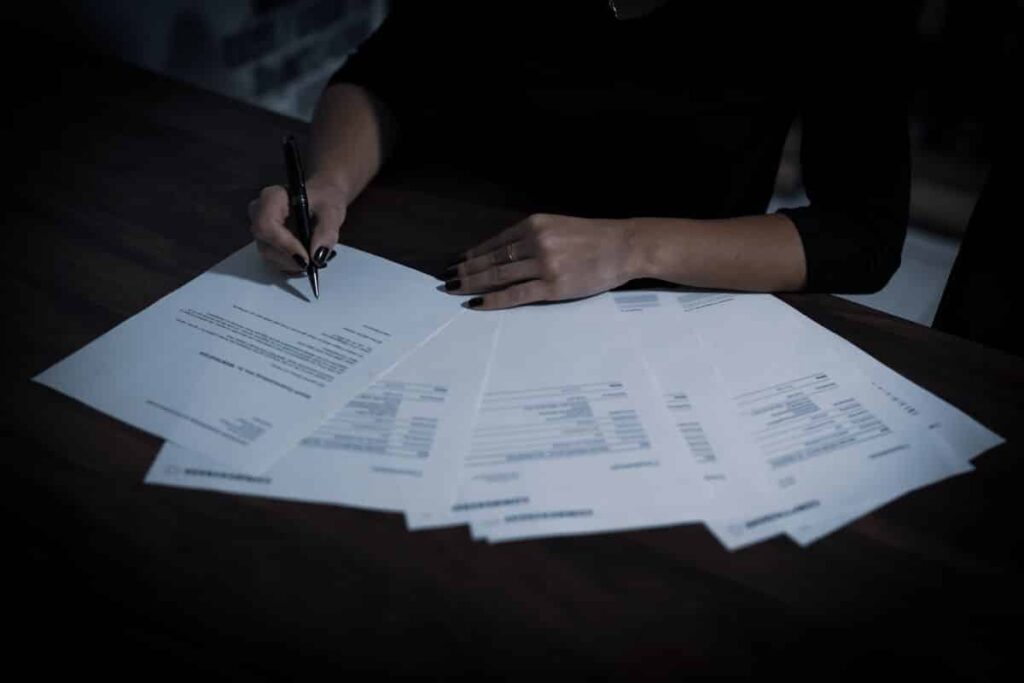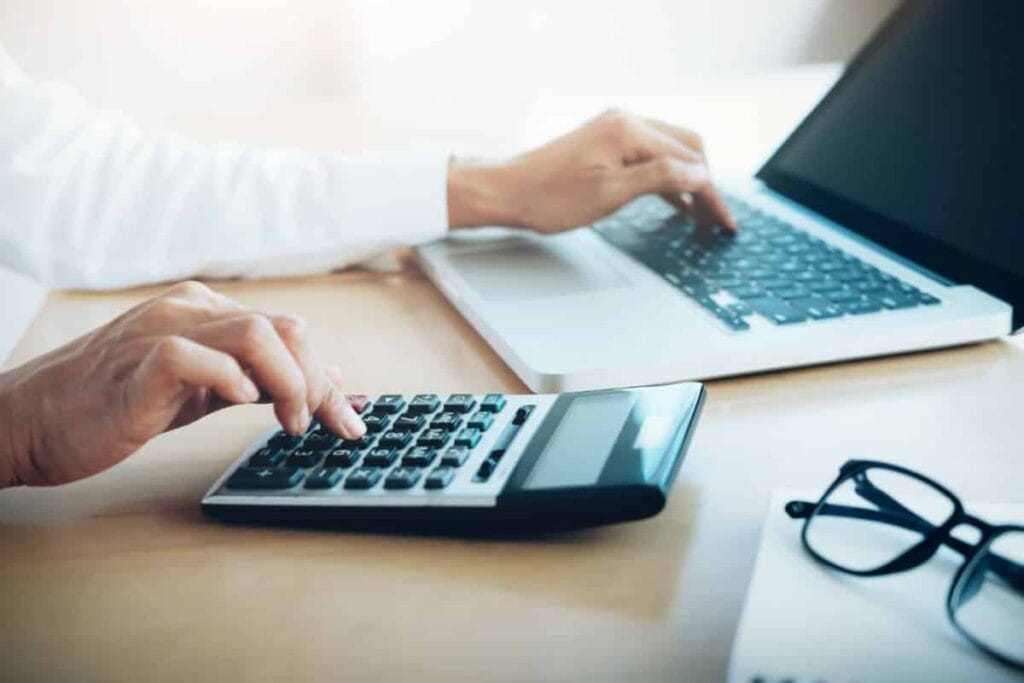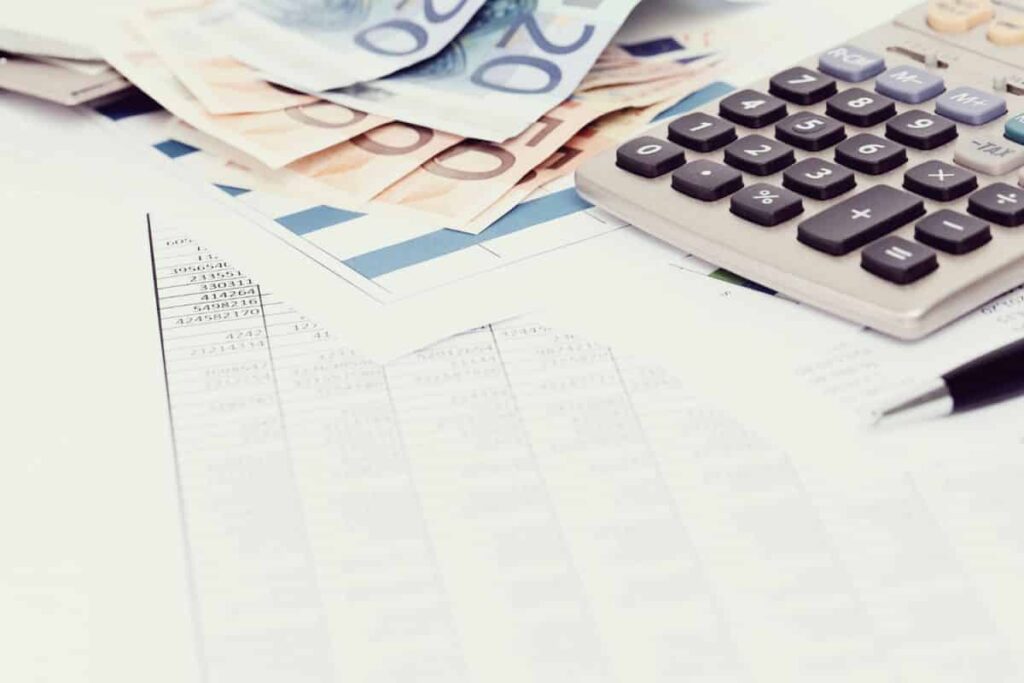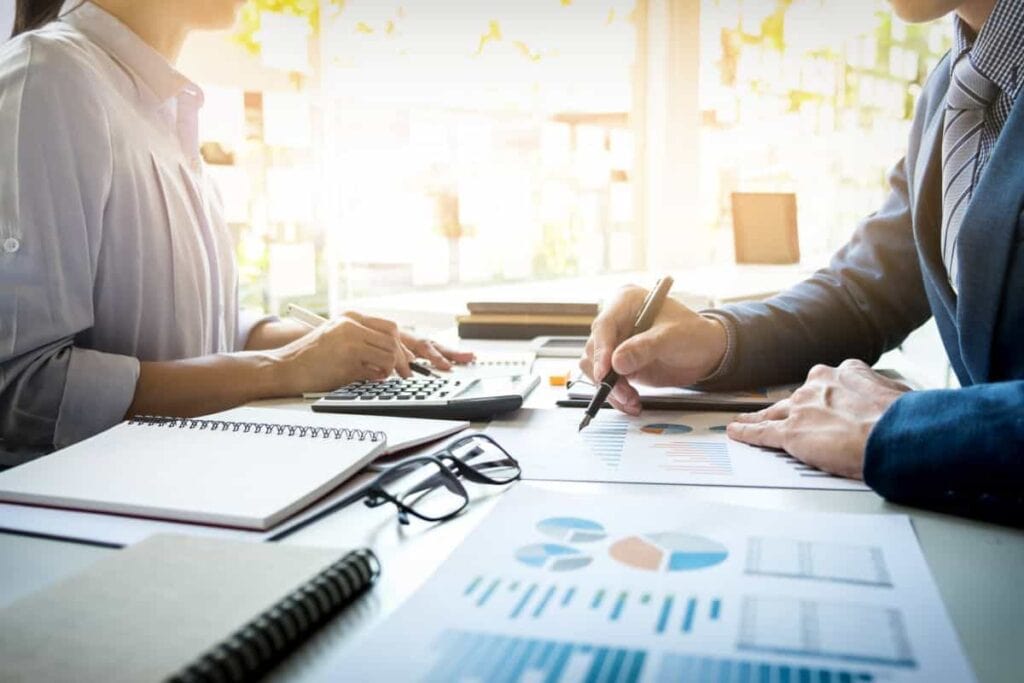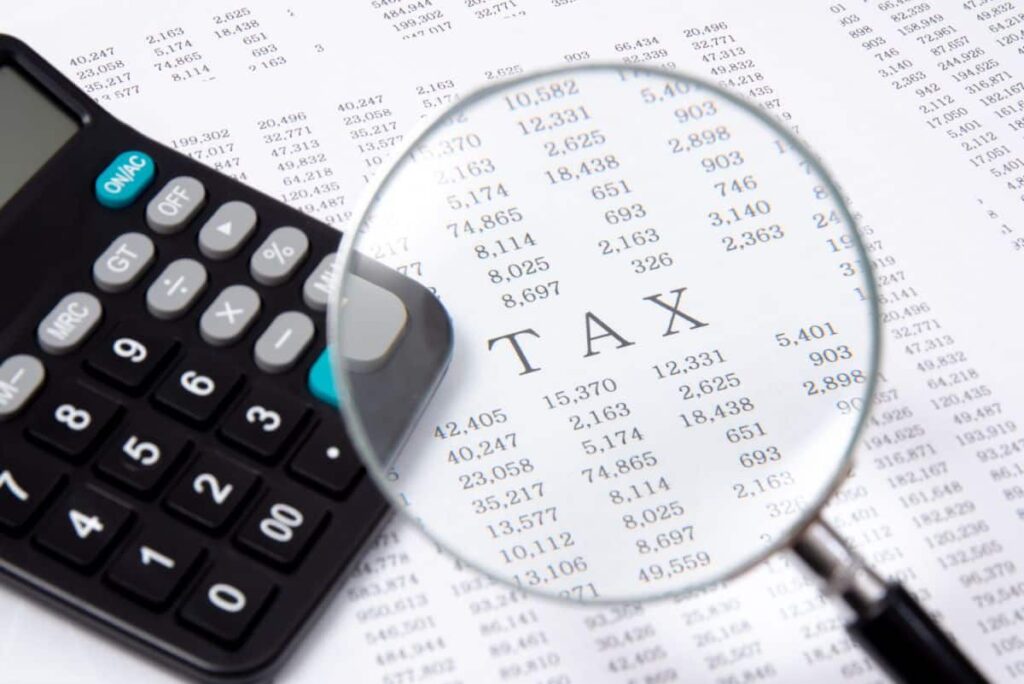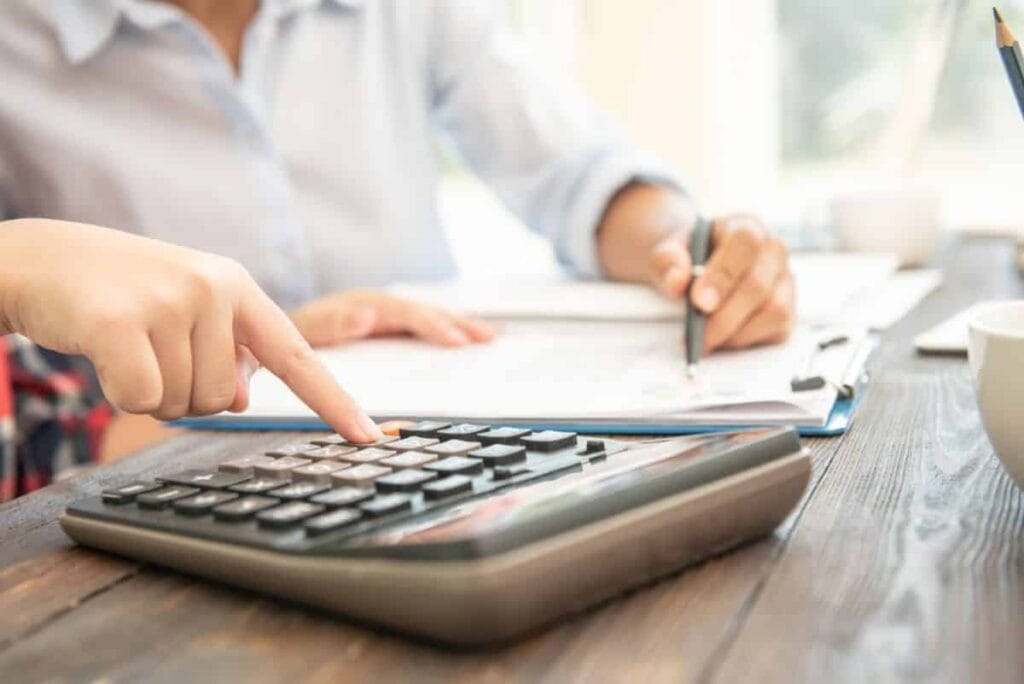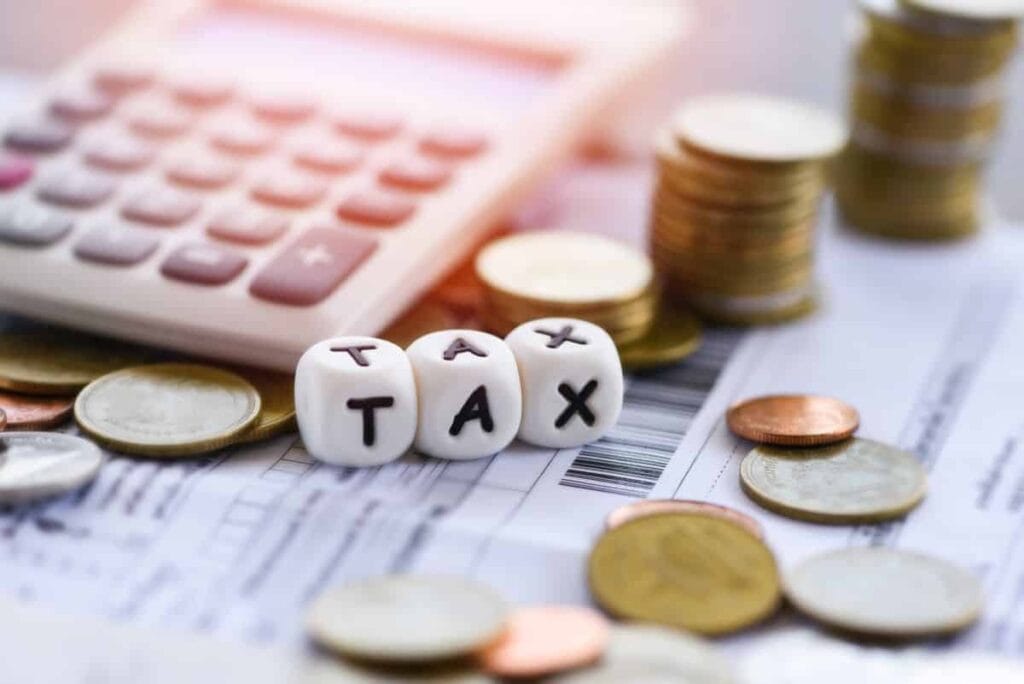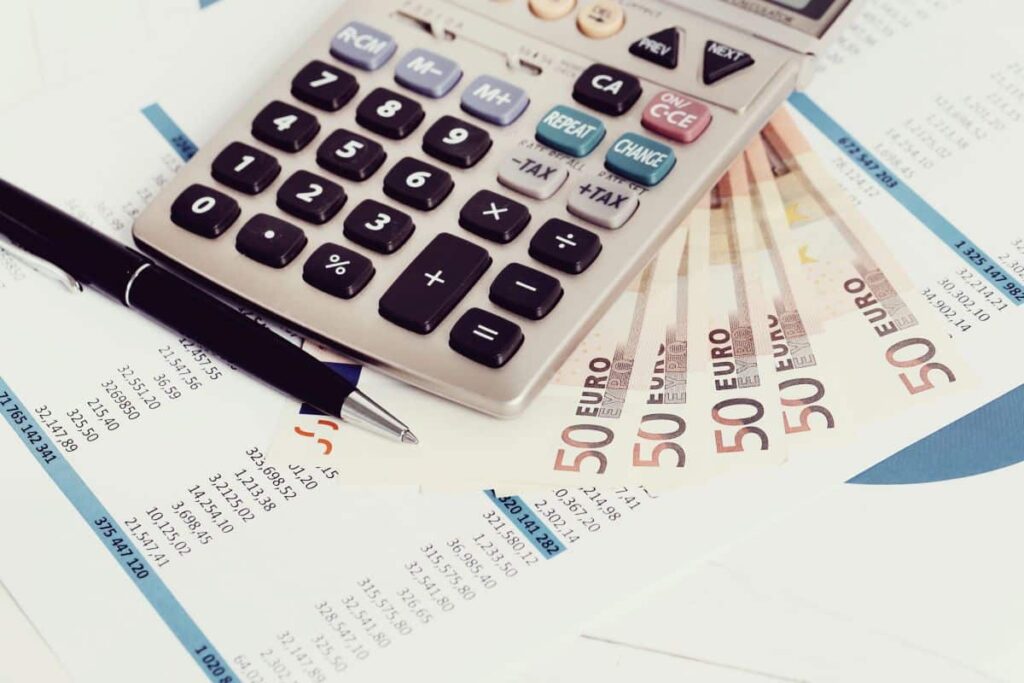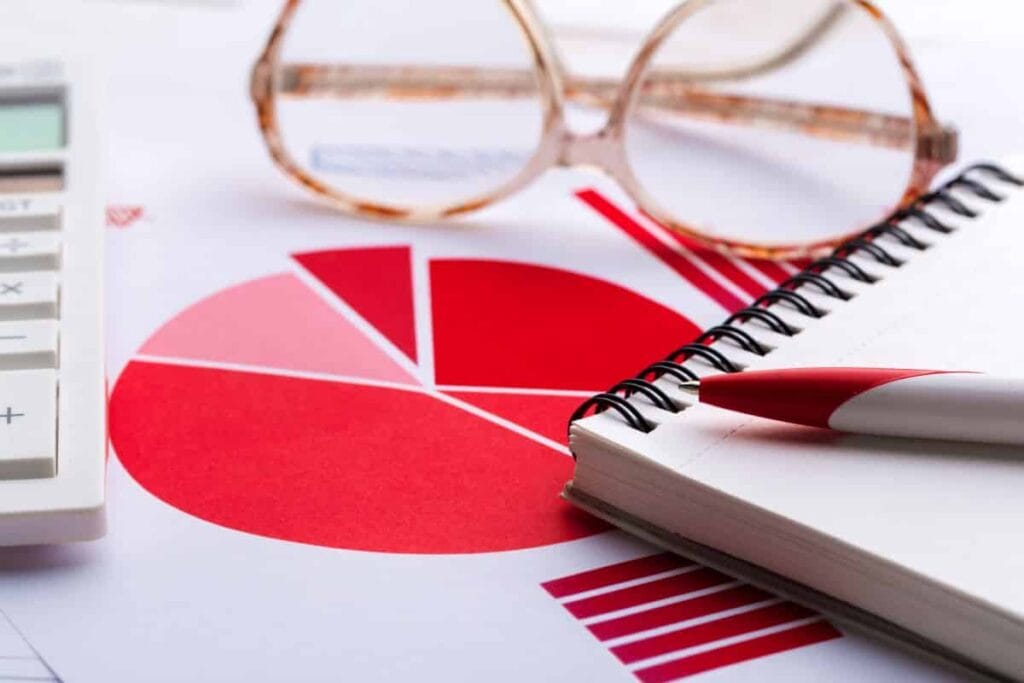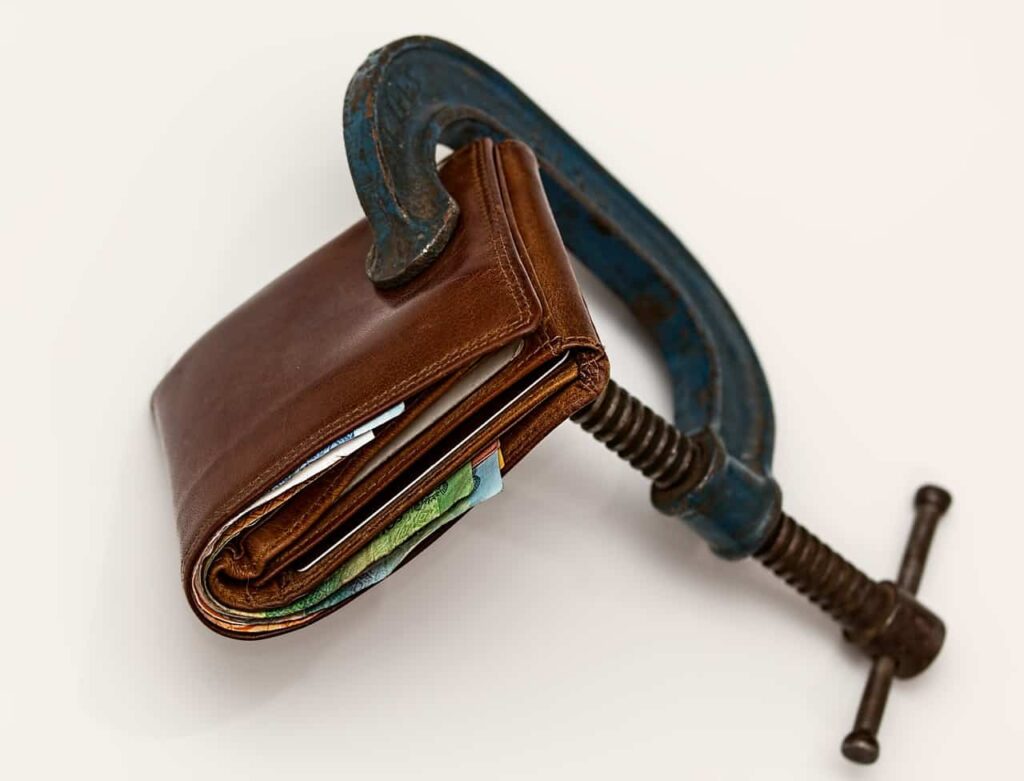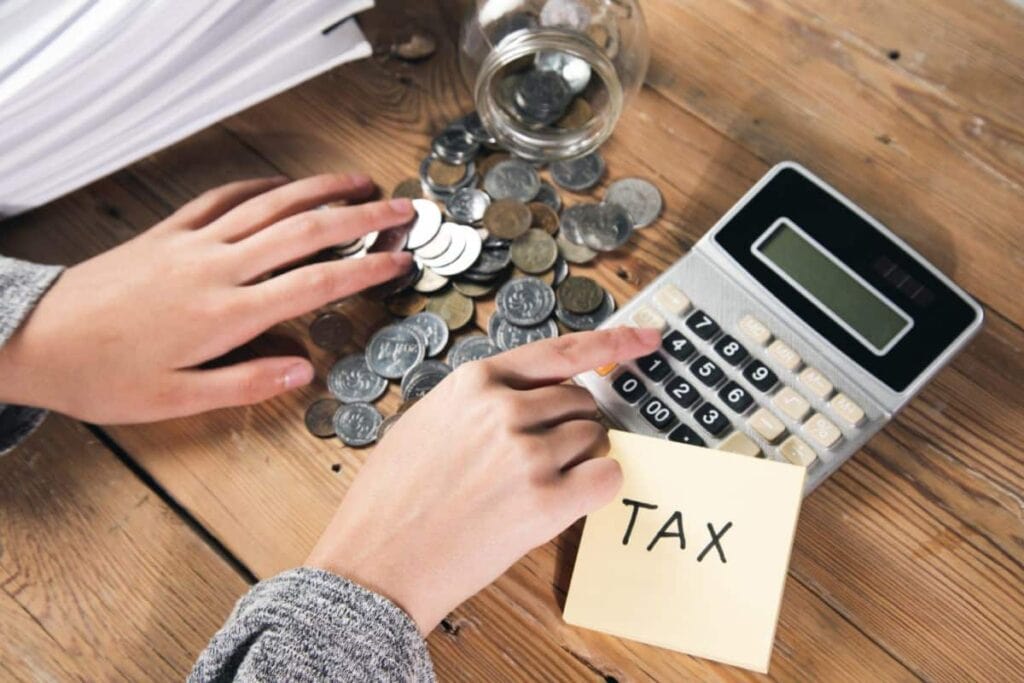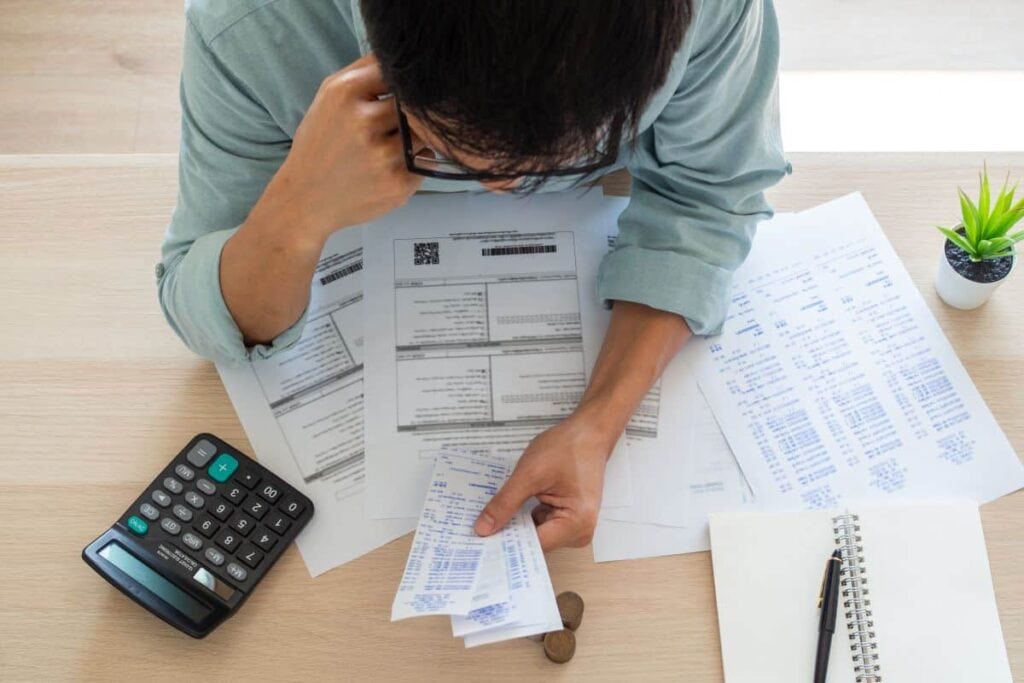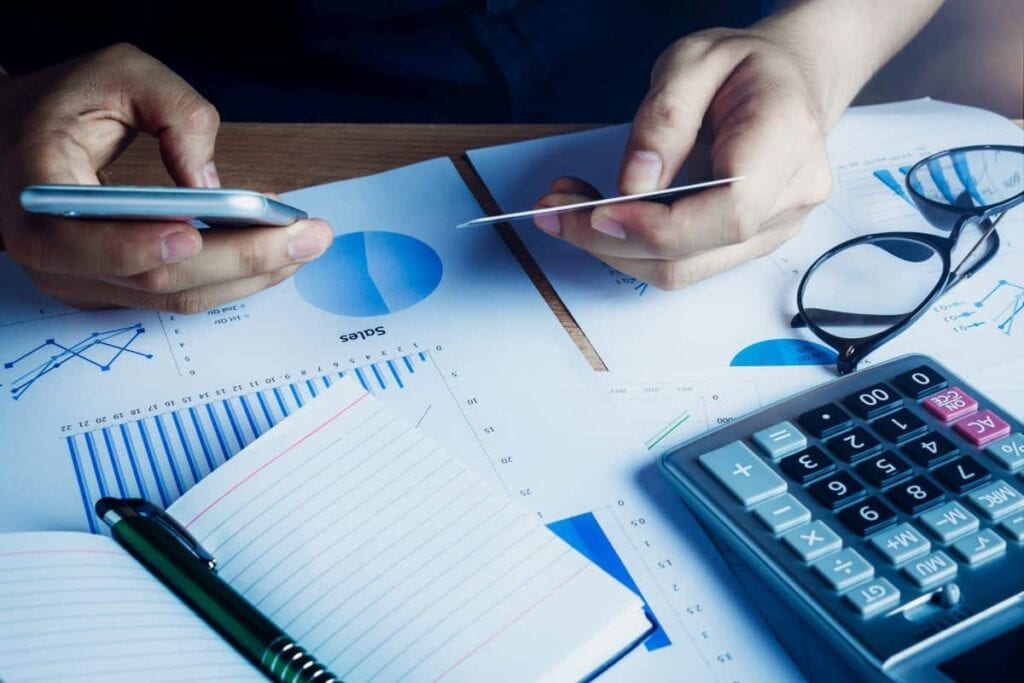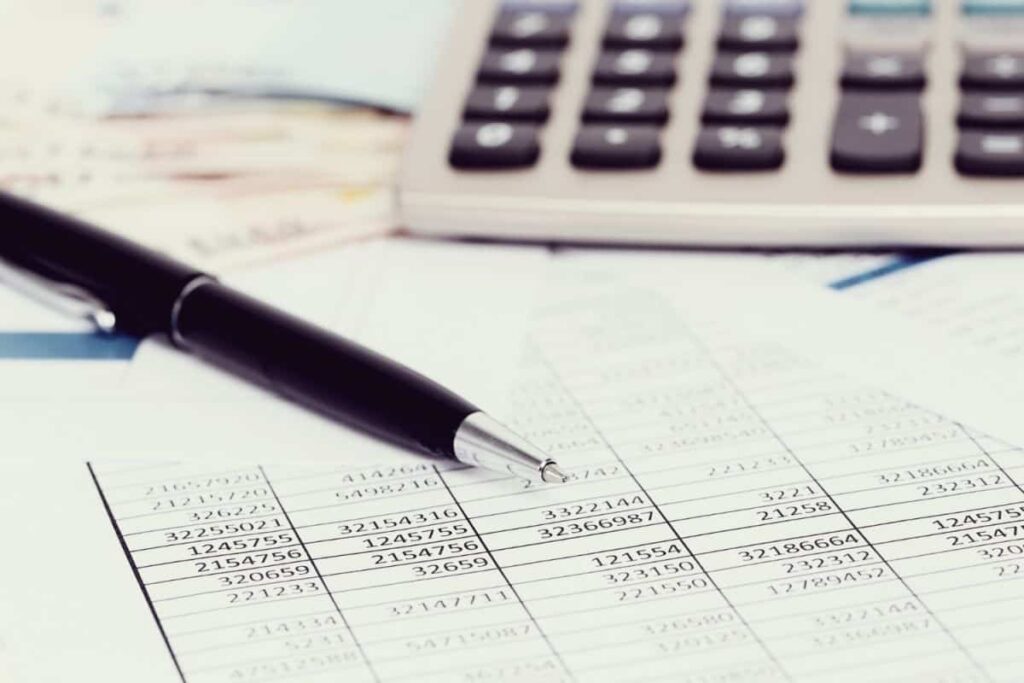Tradies Tax Advice
This blog post is directed toward you if you work in the trades. We will assist you in fulfilling your tax responsibilities and remaining in legal compliance at all times. In addition to that, we will respond to frequently asked questions regarding taxes. Continue reading if you are interested in learning how to pay your taxes, how to file your tax return, and what deductions you are eligible to claim, among other topics!
It is vitally necessary for you, as a tradesperson, to ensure that your tax position is in good order. The following are some suggestions that will assist you in getting started. To begin, check to see that you are recording all of your expenditures. This includes the cost of anything, from supplies and tools to travel and lodging expenses. Next, be certain that you claim each and every deduction to which you are entitled.
This may include things like costs associated with running a home office or paying for gas in a car. In conclusion, if you have any issues or require assistance in preparing your tax return, you should always consult with an accountant. They are able to provide unique guidance that is adapted to your situation. If you follow these guidelines, you will be able to ensure that you are paying the appropriate amount of tax and that you are making the most of all of the deductions that are open to you.
Claim Forms for Tax and Deductions Available to Traders
The process of filling out a tax return is one that no one particularly enjoys, but since it is required of everyone, you may as well make the most of it by claiming everything to which you are entitled. The following is a guide to the best tax recommendations for tradespeople:
Claim Tools And Equipment
You undoubtedly use a range of tools on a daily basis. According to the regulation, if you’ve paid for those tools and you use them as part of your job or business, you can claim them as a deduction against your taxes. If you use those tools as part of your job or business, you can also claim them as a deduction against your taxes.
Whether you are self-employed or work for someone else will determine the specifics of how you go about accomplishing this goal.
Under the temporary full expensing rules, if you run your own company, you may be eligible to claim an instant deduction for the total cost of all the tools that you buy in the years 2021 and 2022. This deduction would apply to the cost of the tools.
When you work for someone else, the regulations are stricter than when you work for yourself. If the cost of the tool is less than $300, you can take the deduction right away; however, if the cost is greater than $300, you will need to write off the expense over the life of the tool, which might be several years. You can take the deduction right away if the tool costs less than $300. You can’t claim each tool individually, so unless the cost of the set is less than $300, you’re looking at spreading the expense of the write-off out over a few years. Take caution if you buy a set of tools, as you can’t claim each item individually.
Not only can you deduct expenses for tools, but also for office equipment like computers, phones, and printers, as well as mobile devices such as smartphones and tablets. The rules are the same for all of these categories of equipment.
Just keep in mind that you can only deduct the portion of the expenditure that relates to your work or your business. If you utilize the tools or equipment for your own personal use, you will be responsible for paying your fair share of the cost.
Vehicles
You are able to make a claim for the costs associated with the operation of a vehicle, such as a van or a ute, that you use in your business or for your job, as long as you paid for the vehicle yourself (there is no deduction for vehicles that are given by the employer).
If you own a business, you have the additional option of making use of the temporary full expensing procedures that were discussed earlier in order to qualify for a deduction equal to the total cost of the car. If the vehicle is a passenger car (that can transport fewer than nine passengers) or a ute with a payload of less than one tonne, then this will be subject to the car limit, which is $59,136 for the year 2021 and $60,733 for the year 2022.
If you are an employee, you have the ability to claim depreciation on the vehicle throughout the course of its life; but, in order to do so, you are required to keep a logbook of the work and private use of the vehicle. Your logbook can also be used to calculate a variety of additional vehicle-related deductions relating to your place of employment, such as the cost of gasoline, servicing, and so on.
Alternately, if you travel less than 5000 kilometres for business purposes and your vehicle is a passenger car (that can transport less than nine passengers) or a ute with a payload of less than one tonne, you can simply claim a set 72 cents per kilometre for allowance for every business kilometre travelled. This option is available to you if you travel less than 5000 kilometres for business purposes.
Keep in mind that unless your employer requires you to transport heavy tools that cannot be stored at work, you are not eligible to get reimbursement for the costs of driving from your house to your place of employment in your own vehicle.
Work-Related Clothing
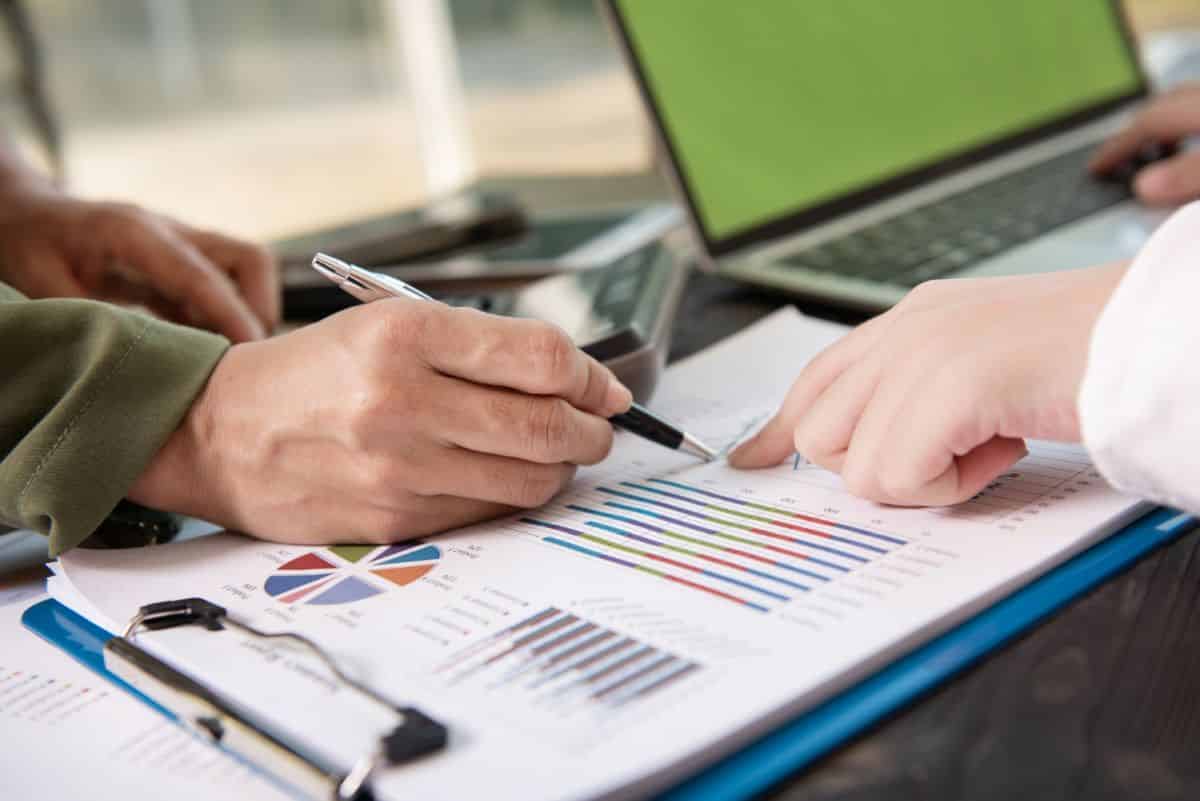
Imagine that in order to keep you safe on the job, your employer compels you to wear either a mandatory uniform or protective clothes (or to protect the normal clothing you wear underneath). If this is the case, then there is a good likelihood that you will be able to claim a tax deduction not just for the cost of buying the item, but also for the cost of occasionally having it laundered or dry cleaned.
Be on the lookout for the following things, which are frequently claimed by tradespeople:
- Wearing protective clothing and footwear can protect you from the possibility of becoming ill or injured, or it can prevent harm to your regular clothing that may be caused by the nature of the work you do or the environment in which you do it. This sort of clothing:
- is constructed to withstand more demanding environments, such as those in which ordinary clothes would not suffice.
- You should not confuse it with regular cotton drill trousers, shorts, and short-sleeve shirts, which you might think of as workwear but which do not adequately protect you from the risk of injury or illness because they are not designed to do so. It is intended to shield you from harm, such as with heavy-duty shirts and pants.
- has a density of the weave that provides a UV rating that is adequate to protect you from the sun in situations where your employer demands you to work outside.
Among the things you could argue for are the following:
- apparel that is resistant to fire;
- reflective vests of various colours;
- footwear with steel toe caps;
- gloves;
- hardhats;
- overalls;
- footwear designed to prevent slipping;
- rip-proof items of clothes built with heavy-duty mesh that are designed to protect you as well as items with reflective strips; heavy-duty shirts and trousers;
- Employees are required to wear a uniform to work, which bears the company’s name and logo;
- If you work outside, you need invest in sun protection, which includes sunglasses and sunscreen.
Dry Cleaning And Laundry Services
You are allowed to make a claim for the money spent on dry-cleaning or laundering work clothing that are eligible for the deduction.
If the entire amount of your laundry expenses does not exceed $150 and the total amount of your work-related expenses do not exceed $300, you are exempt from the need you submit documented documentation for your laundry expenses. Instead, you can calculate the cost of your laundry claim based on the following numbers, which the ATO will allow you to use if you do the washing, drying, and ironing yourself:
- $1 per load, which includes washing, drying, and ironing, if the load consists of solely apparel relevant to the worker’s occupation;
- If other laundry products are added, each load will cost an additional fifty cents.
Clear The Decks
Write off the cost of any outdated, damaged, or unusable materials that are still on your site at the end of the year in order to qualify for a tax deduction. If you own a business, this applies to you. Write off the cost before the end of the year.
In addition, if you have customers who are unable or unwilling to pay and you have tried everything in your power to reclaim the debt without success, you must write off the amount by the 30th of June in order to be eligible for a deduction for bad debt. Make sure that the write-off is documented in some way, such as a Board Minute or another record of a similar nature.
Two helpful hints to make filing your taxes a breeze:
- Maintain accurate records, including invoices and receipts, at all times. It makes filing your tax return simpler and assures that you can claim all of the deductions and credits to which you are eligible.
- You should think about utilizing a tax agent such as H&R Block. Tax law is intricate, and working with an advisor might help you avoid making any mistakes.
Investing In Property For Your Own Small Company
If you are the owner of a small business, you will be able to immediately deduct the business portion of the cost of qualified new or second-hand depreciating assets purchased for your business beginning at 7.30 pm AEDT on October 6, 2020, and continuing until June 30, 2022 (for further information, see Temporary full expensing) if you buy these assets for your company.
You are allowed to immediately deduct the business portion of the cost of an eligible new or a second-hand depreciating asset provided that the asset costs less than the relevant threshold amount (for more information, see Instant asset write-off). This applies to assets that were purchased before this period.
Temporary Full Expensing
Because of the temporary full expensing policy, eligible enterprises with an aggregated revenue of less than $5 billion are able to instantly deduct the percentage of the cost that corresponds to the cost of eligible depreciating assets that belongs to the firm.
Initially, the assets have to be stored, and then they have to be utilized or installed for a taxable business purpose between the hours of 7.30 pm AEDT on October 6, 2020, and June 30, 2022.
The business part of the costs associated with the following are immediately deductible for small businesses:
- a qualifying new or used asset that is subject to depreciation;
- alterations to an existing asset provided that the alterations’ expenses are expended between 7.30 pm Australian Eastern Daylight Time on October 6, 2020, and June 30, 2022;
- Let’s say you decide to go with the simplified depreciation guidelines for your small business pool. In this scenario, you will be required to claim a deduction for the remaining balance of your small business pool in order to qualify for temporary full expensing at the end of any of your income years that come to a close between October 6, 2020, and June 30, 2022.
Instant Asset Write-Off
You could still be able to take advantage of the existing instant asset write-off even if temporary full expensing does not apply to the asset in question.
The threshold amount for an instant asset write-off is set at $150,000 and applies to any asset that is first utilized or installed ready for use between 12 March 2020 and 30 June 2021 and was purchased by 31 December 2020. In addition, eligibility is expanded to include companies that have an annual aggregate revenue of less than $500 million.
You are eligible for a deduction for any asset that has been utilized for the first time or installed ready for use and did not cost more than the applicable threshold amount. However, the eligibility criteria and thresholds for the quick asset write-off have changed over the years; therefore, you need to be sure that you review the eligibility criteria that apply to your company.
This deduction is applicable to the vast majority of assets for a small business, regardless of whether you purchased the asset brand new or used.
In the year that the item was first utilized or installed ready for use, you are eligible to take the deduction claim on your tax return.
Do I have the right to deduct this expense from my taxes?
If you answered “yes” to each of the following questions, you may be allowed to deduct some portion of your expenses from your taxes:
- Is it necessary for your work or does your work require it? Is it directly tied to your work?
- Do you have the appropriate paperwork to confirm that you bought the item, such as a receipt, an invoice, or a bank statement?
- Have you footed the bill all by yourself?
- You didn’t get it as part of your allowance, did you?
- I tried to get someone else or a corporation to compensate me for the fee, but none of those things happened.
Only claim items that actually exist, as filing false tax claims now poses a serious threat.
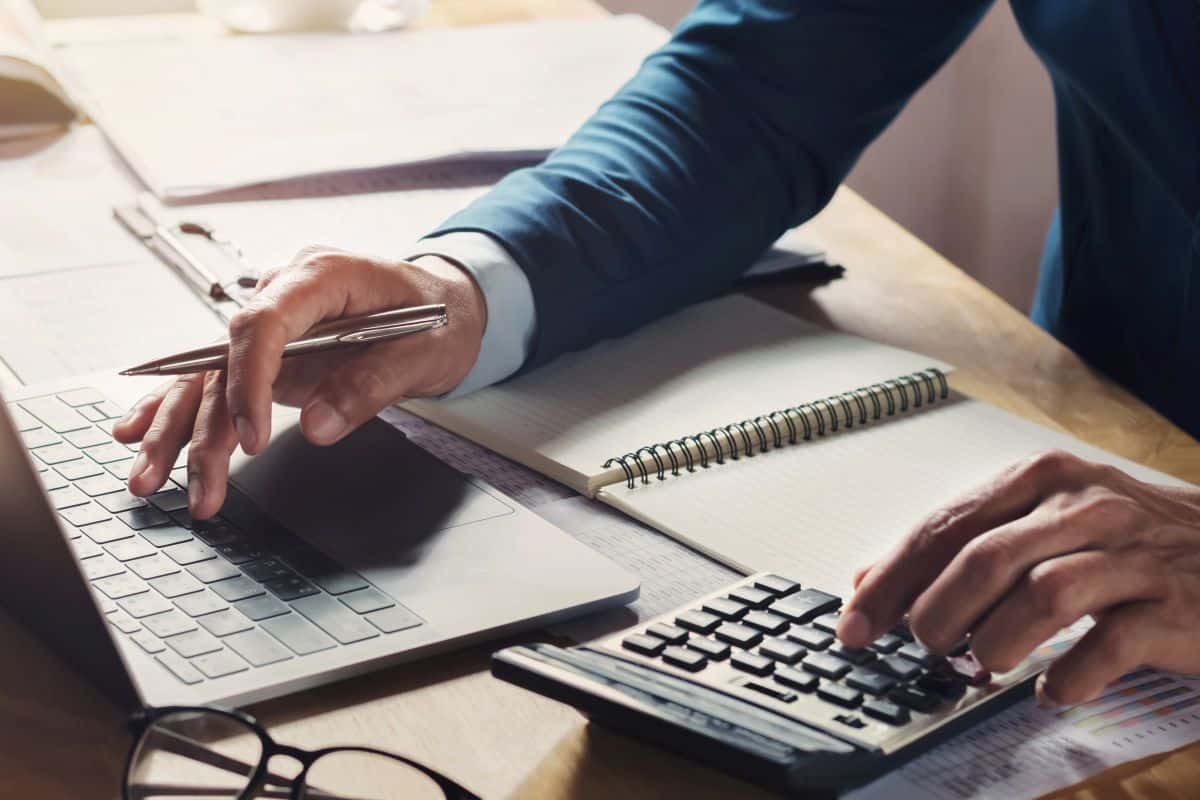
The ATO is very good at identifying fraudulent or “inflated” tax beliefs” from a great distance. They are already outstanding in this area, and they are only becoming better with time. Powerful new tools are helping to keep tabs on taxpayers, and they may check your “personal” details, including the transactions made on your bank account. Therefore, it is essential to only claim deductions that are legitimate, such as expenses for things that you have paid for and that is directly connected to your business.
If you are found out claiming products for which you did not pay, which were paid for by your employer, or which you cannot substantiate with a receipt, the impact can be sad: The ATO will require that you repay the money, and they may also probe your tax returns from past years.
Because there are a large number of products that most tradespeople are eligible to claim, there is simply no reason to take chances and end up in trouble. In addition, taxes are what operate our wonderful country and pay for things like schools, highways, and hospitals, so everyone ought to pay their fair amount.
Prepay Expenses
You can lower your tax liability by using a common strategy that is completely within the law and that allows you to prepay for expenses that are due at the beginning of the following fiscal year. These costs could include things like insurance premiums, interest payments, or the rent for the following month.
Instant Asset Write-Off of $20,000 to $30,000
Investing in assets for your company may allow you to deduct all of the costs associated with the purchase, or at least a portion of those costs. Any item that is utilized by you or your staff at your place of business might be considered an asset. Examples of such items include automobiles, computers, printers, mobile phones, and office furniture.
When you file your tax return, you can deduct the percentage of an asset that pertains to your business if you meet the following criteria:
- You purchased the asset prior to the 30th of June in 2020, and it was either used or installed ready for use in the income year that you’re claiming it for;
- The price of the asset is lower than the applicable minimum requirement;
- As a direct result of the adjustments made by COVID-19, your company now has an aggregated turnover of up to $50 million less than $500 million.
Everything Should Be Recorded
It is simple to lose track of one’s financial obligations. Make sure you keep a record of all of the money you spend on things linked to your job so that filing your tax return will be easier and more profitable for you. The following are some pointers that will assist you in developing healthy habits about record-keeping:
- Maintain a travel log for any business travels you take;
- Take pictures of receipts as soon as you get them because they tend to lose their legibility over time and save the images in a separate folder on your mobile device or computer;
- It is easy to forget about your automatic debits if you pay your bills online and do your banking transactions electronically (paperlessly). Examine your bank statements with great care, and make sure that any applicable automated expenses are included in your deductions;
- Utilize the myDeductions function included in the ATO app to record information while you are on the move and submit it to your tax return (for your convenience, your tax agent will also have access to this information);
- In the event that you are selected for an audit or questioned by the ATO, you should keep your records for a period of five years after you have submitted your tax return.
Be Aware of Your Occupation’s Tax Deductions
The Australian Tax Office (ATO) enables tradespeople to make claims for tax deductions on a variety of different things. However, some of these are only available to those who work in the trades; people in other fields are not permitted to claim them!
It is important to keep in mind that work-related expenses are costs incurred on products that are used to create money as a tradesperson. In order to make a deduction claim:
- It must have a direct bearing on the way you make your living;
- You must have used the money on your own without expecting to be reimbursed for it;
- You are required to keep a record to demonstrate that you made the transaction, such as a receipt;
- If you use an item for both work and personal reasons, the only portion of the expense that you can deduct is the portion that is related to work. If you use your personal mobile phone for work calls and emails fifty percent of the time, for instance, you are only allowed to claim a deduction for fifty percent of the phone’s expenses.

